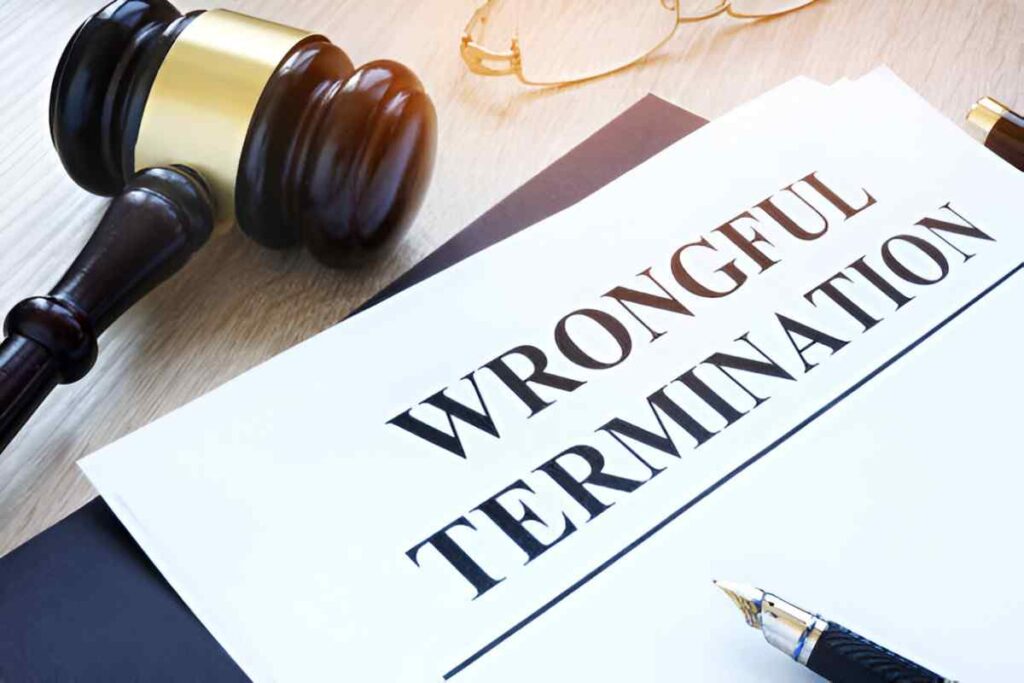A class action lawsuit is a legal action brought by a group of people (the class) who have suffered similar harm or have a common grievance against a defendant. This collective legal action allows multiple plaintiffs with similar claims to consolidate their cases into a single lawsuit, typically represented by one or a few individuals (lead plaintiffs or class representatives).
Table of Contents
Importance and Purpose of Class Actions
Class action lawsuits serve several important purposes:
- Efficiency: They streamline legal proceedings by consolidating numerous similar claims into one case, saving time and resources for both plaintiffs and the court system.
- Access to Justice: They provide access to justice for individuals who may not have the resources to pursue individual lawsuits against large corporations or entities.
- Deterrence: They deter wrongful conduct by holding defendants accountable for widespread harm or violations affecting a large group of people.
How Class Actions Work
The process of a class action lawsuit typically involves the following steps:
- Certification: The court must certify the class, which involves determining whether the case meets specific legal requirements, such as commonality and typicality of claims among class members.
- Class Representation: One or more individuals are appointed as representatives of the class, responsible for acting on behalf of all class members.
- Notice: Class members are notified of their inclusion in the lawsuit and their right to participate or opt-out, depending on jurisdictional rules.
- Settlement or Trial: The case may proceed to trial or be settled out of court. Settlements require court approval to ensure fairness to all class members.
Examples of Class Action Lawsuits
Here are a few examples to illustrate the application of class action lawsuits:
- Consumer Protection: A group of consumers files a class action against a pharmaceutical company alleging false advertising of a medication’s effectiveness.
- Employment Rights: Employees sue a company for systematic wage violations affecting hundreds of workers.
- Securities Fraud: Investors file a class action against a corporation for misleading financial statements that resulted in significant financial losses.
Benefits and Challenges
Benefits:
- Efficiency: Resolves numerous similar claims in a single proceeding.
- Access: Provides access to justice for individuals with limited resources.
- Deterrence: Holds corporations accountable for widespread harm.
Challenges:
- Complexity: Managing diverse interests and claims within the class.
- Opt-Outs: Some class members may choose to opt-out, potentially reducing the class size and impact.
- Settlement Approval: Court scrutiny is required to ensure fairness in settlements.
Conclusion
In conclusion, class action lawsuits play a crucial role in the legal landscape by allowing groups of individuals with similar grievances to seek justice collectively. They promote efficiency, access to justice, and deterrence of wrongful conduct. Understanding the mechanics and impact of class actions helps individuals and organizations navigate legal challenges, protect consumer rights, and hold corporations accountable for their actions. Class actions continue to be a powerful tool for achieving justice and compensation on behalf of large groups affected by corporate misconduct or negligence.





